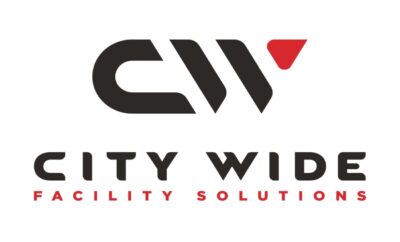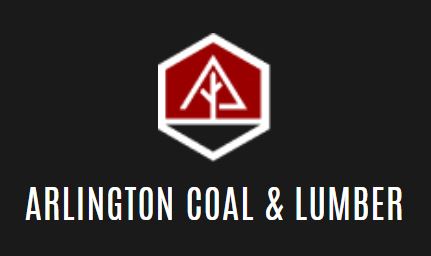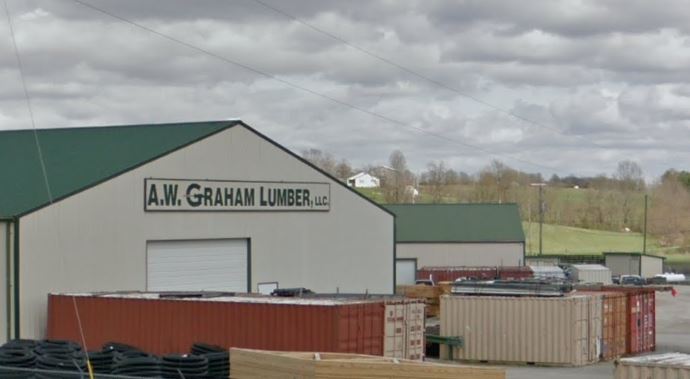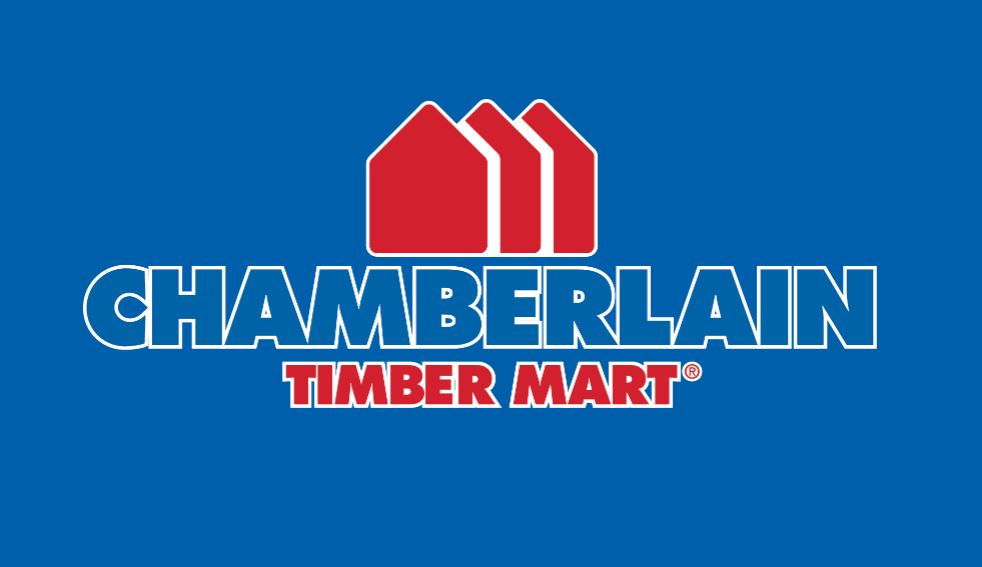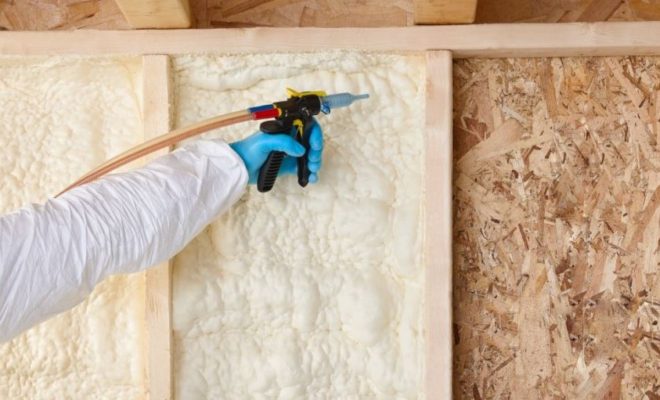 © DuPont / dupont.com
© DuPont / dupont.com
Dupont Launches a New Froth-Pak Spray Foam Formula Without HFC
DuPont has reformulated its Froth-Pak two-component polyurethane spray-foam insulation, eliminating hydrofluorocarbon (HFC) blowing agents and lowering the product’s overall global warming potential by more than 99 percent when compared to previous formulations.
When compared to previous editions, the updated spray foam insulation reduces global warming potential by more than 99 percent.
The product was developed in accordance with DuPont’s 2030 Sustainability goals, and it complies with currently enacted and draft HFC and GWP regulations in the United States and Canada.
Its greenhouse gas reductions are consistent with the goals of the Paris Climate Agreement, and it operates on a more aggressive timetable than the Kigali Amendment to the Montreal Protocol.
The new Froth-Pak formulation contains no ozone-depleting chemicals and provides faster curing times, less overspray, and higher closed cell content.
According to the manufacturer, using Froth-Pak spray foam in conjunction with an HVAC system can improve indoor air quality and reduce dust and allergen penetration in a given space.
“We are committed to the transition to more sustainable buildings while ensuring our products continue to deliver the high level of performance our customers trust and expect,” Amy Radka, retail marketing director for DuPont Performance Building Solutions, explains.
Froth-Pak comes in a variety of options and sizes, including Froth-Pak Spray Foam Insulation, a Class A fire-rated foam insulation designed for use in cavities, penetrations, cracks in rim joists, roof wall junctures, and around pipes and ducts up to 2 inches thick; and Froth-Pak Spray Foam Sealant, designed to fill penetrations and cracks in rim joists, roof wall junctures.


